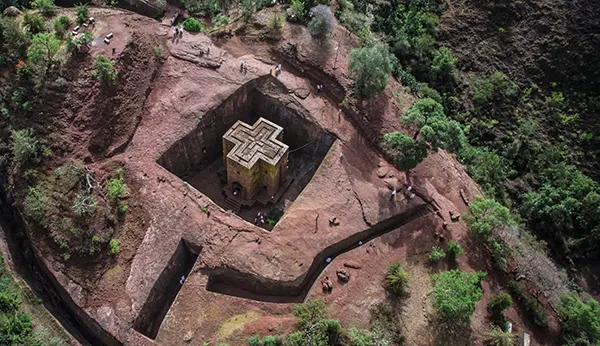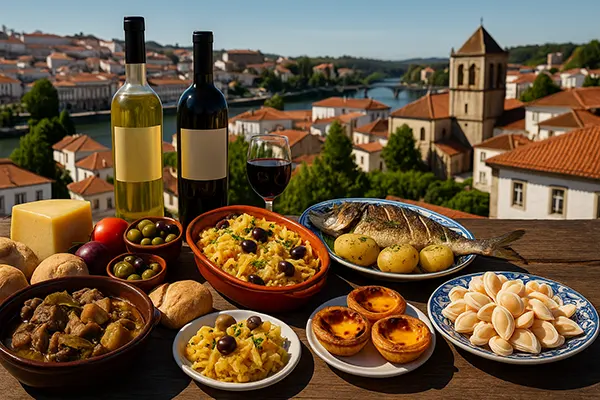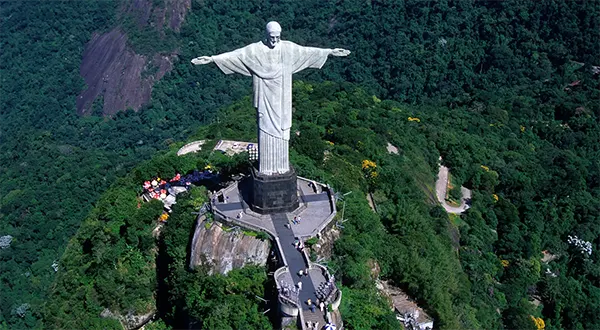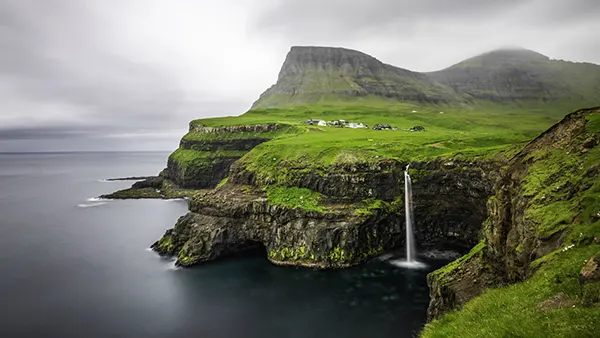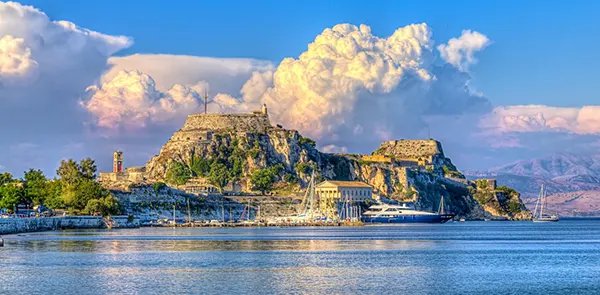
Corfu Island, Greece: The Green Wonder of the Ionian Sea
Corfu, one of the most enchanting islands in Greece, is a destination of striking contrasts and natural beauty. Nestled in the Ionian Sea, the island is famed for its lush green hills, Venetian-inspired architecture, and captivating coastline. In June 2025, Corfu remains a prime destination for travellers seeking authenticity, historical depth, and serene landscapes.
Nature and Landscape of Corfu
The geographical uniqueness of Corfu lies in its combination of mountainous terrain and evergreen valleys. The north is dominated by Mount Pantokrator, offering panoramic views of the island and neighbouring Albania, while the south features softer hills and olive groves stretching down to the sea.
Over 2 million olive trees cover the island, contributing to its emerald appearance. The island’s flora thrives thanks to a mild Mediterranean climate with high humidity, making Corfu the greenest island in Greece.
Beaches range from sandy stretches in Glyfada and Issos to the rugged, dramatic coastline of Paleokastritsa. Clear waters, protected coves, and pine-covered headlands make Corfu a haven for swimmers, snorkelers, and hikers alike.
Wildlife and Protected Areas
Corfu supports a variety of fauna, including protected bird species in the Korission Lagoon and the wetlands of Alikes Lefkimmis. These areas are designated Natura 2000 zones due to their ecological importance.
The marine life around Corfu includes dolphins and loggerhead turtles, particularly around the southern coastline. Efforts in recent years have strengthened conservation practices, especially during the nesting season from May to August.
Local communities and environmental groups actively participate in maintaining biodiversity through eco-tours and educational projects, aligning tourism with nature preservation.
Cultural Heritage and Historical Significance
Corfu’s history reflects a blend of Greek, Venetian, French, and British influences. Its old town, a UNESCO World Heritage Site, showcases neoclassical mansions, narrow alleys, and imposing fortresses like the Old Fortress (Palaio Frourio) and the New Fortress.
Historical landmarks such as the Achilleion Palace — built by Empress Elisabeth of Austria — and Mon Repos Villa, the birthplace of Prince Philip, connect Corfu to broader European history.
The island’s religious architecture, including the Church of Saint Spyridon, illustrates the spiritual identity of Corfu and its enduring Orthodox traditions.
Local Traditions and Festivals
Corfu’s cultural calendar is vibrant. The Easter celebrations, the most grandiose in Greece, attract thousands every year. The traditional “botides” — large clay pots thrown from balconies — symbolise renewal and resilience.
Summer months are filled with music festivals, philharmonic orchestra performances, and village feasts. These events offer insight into local customs and hospitality, allowing visitors to engage deeply with the Corfiot way of life.
Traditional music, including kantades (romantic serenades), and the cuisine — rich in Venetian roots — are integral parts of these cultural experiences.
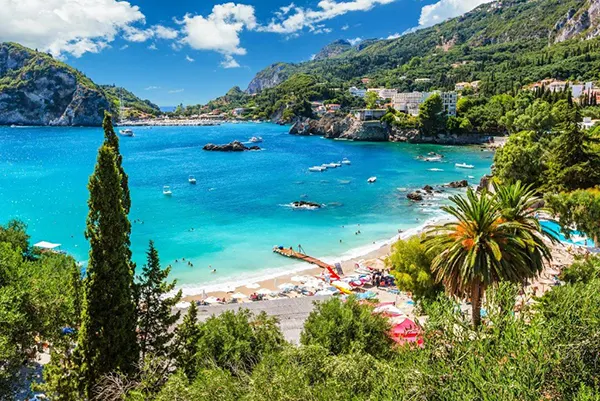
Tourism in Corfu in 2025
By mid-2025, Corfu has continued to implement sustainable tourism practices. This includes regulating cruise ship traffic in the harbour and promoting alternative modes of travel, such as cycling and electric car hire, across the island.
The expansion of Corfu International Airport in early 2025 improved access, enabling more direct flights from northern and western Europe. However, local authorities have imposed limits on accommodation development to preserve cultural and environmental integrity.
Hospitality remains rooted in family-owned guesthouses and eco-friendly resorts. Emphasis is placed on personal service, local products, and guided nature or heritage tours that educate rather than exploit.
Accommodation and Local Economy
The island’s economy in 2025 continues to thrive on tourism, olive oil production, and local crafts. Handmade ceramics, kumquat liqueur, and woven textiles are widely available in village markets and artisan workshops.
Guests can choose from restored stone villas in the countryside, boutique hotels in Corfu Town, or agritourism stays that offer authentic rural life experiences — all registered and regulated for quality and sustainability.
Employment and training initiatives supported by EU regional development funds have improved job quality in the tourism sector while retaining Corfu’s unique identity.

